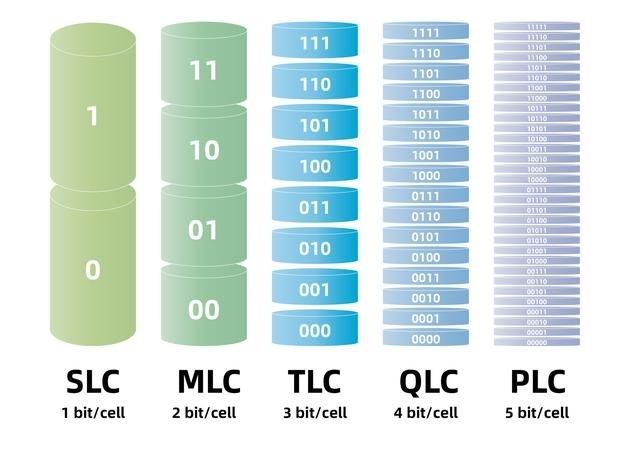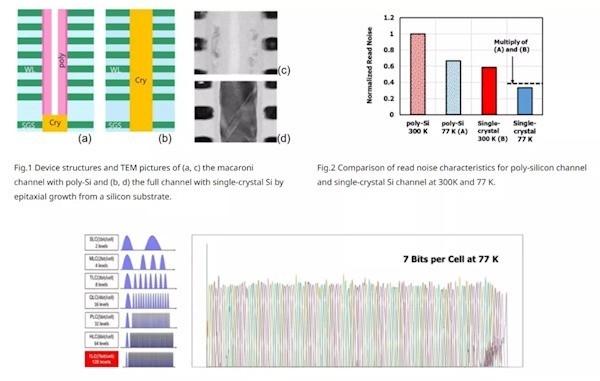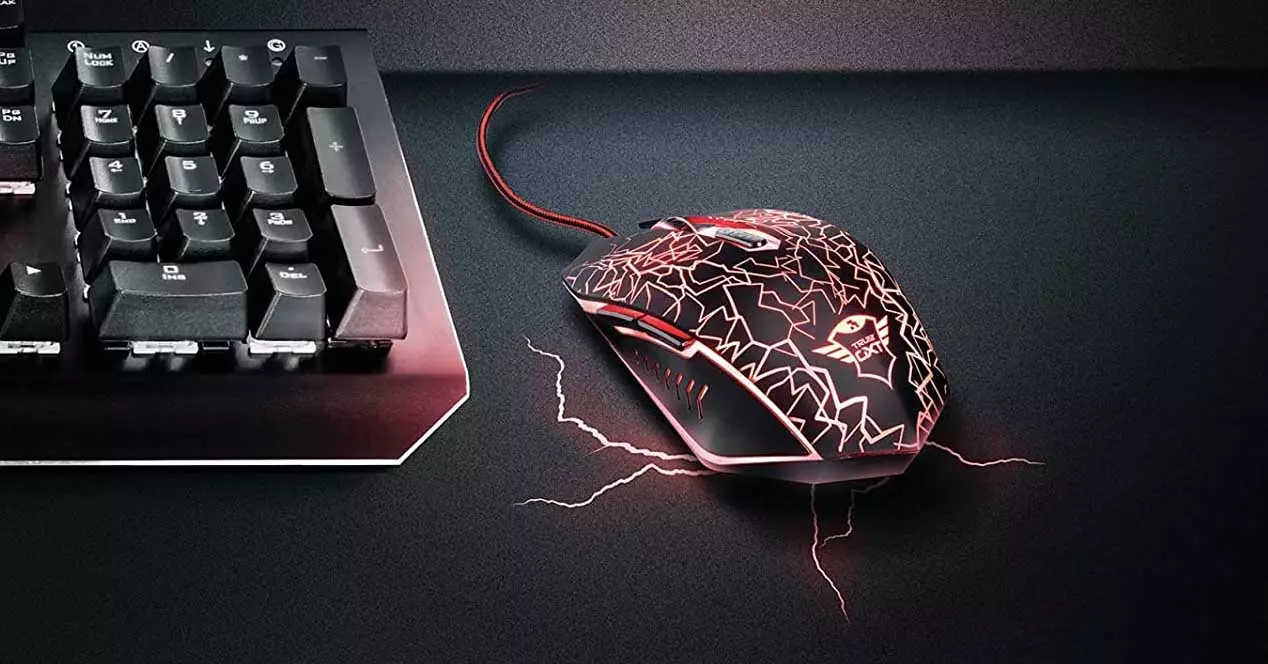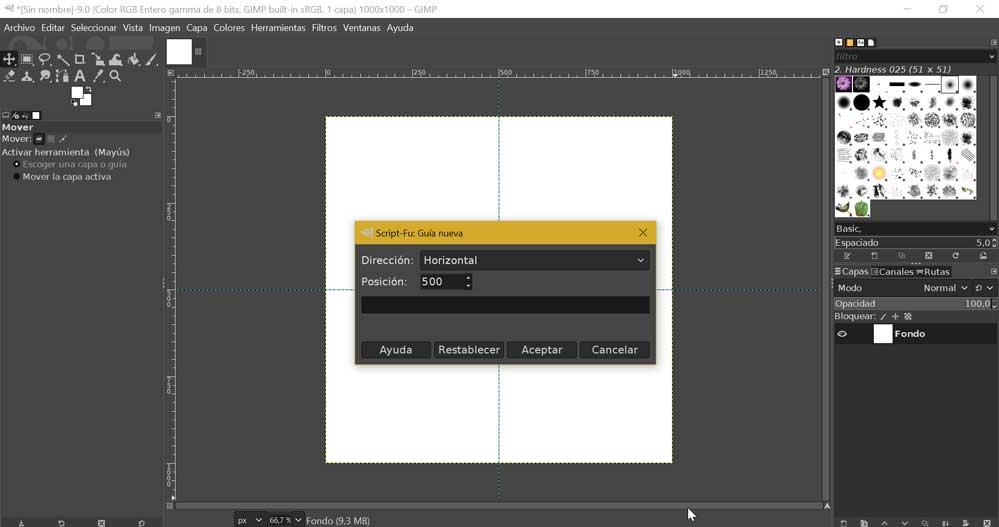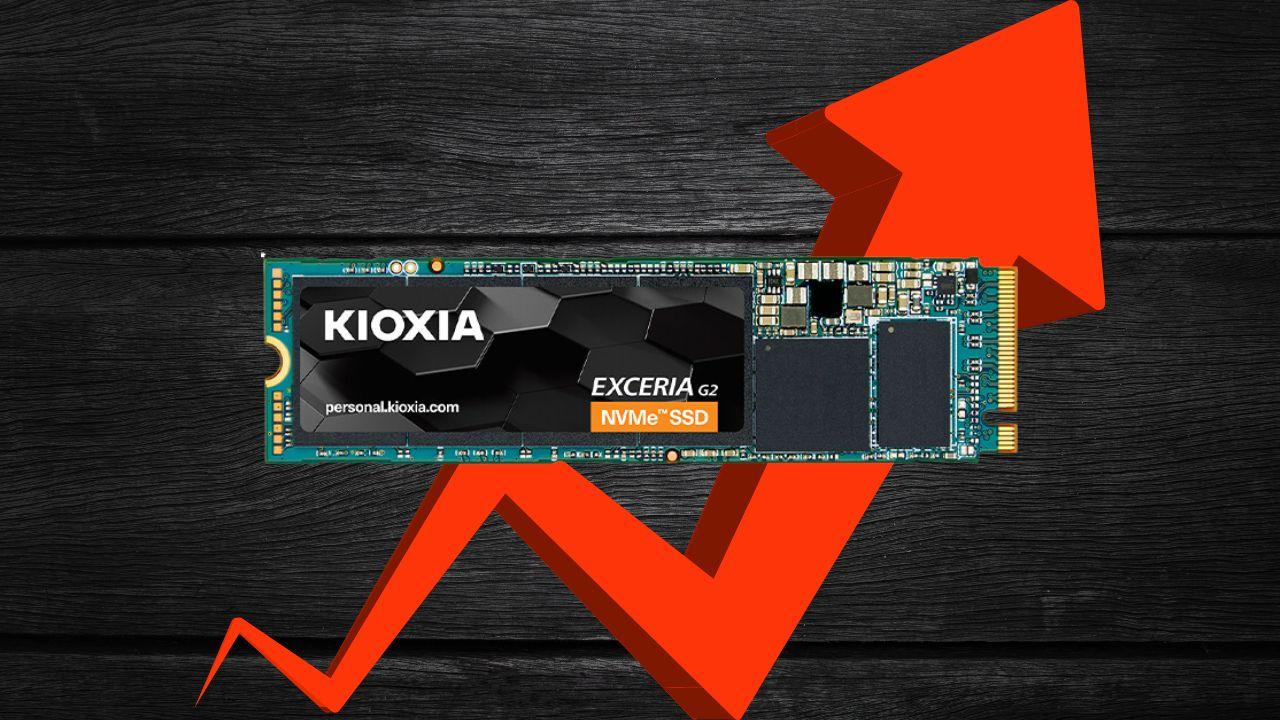
M.2 format storage drives have two problems. The first, referring to the thermal problems that these storage units present. In addition, we found a stagnation of capacity due to the space limitations of this very compact format.
Solution to the capacity problem?
We must bear in mind that M.2 SSDs are a set of aspects that must be balanced. Storage capacity, operating speeds, lifespan, and price all have to go hand in hand. Achieving a balance between these aspects is not easy.
For these storage solutions are often used NAND Flash memories of type SLC, MLC and TLC. But the QLC memories They have not yet taken off in this market, although they offer greater capacity. SLC memories store 1 bit per cell, MLC stores 2 bits per cell, TLC 3 bits per cell, and QLC 4 bits per cell.
Kioxia, formerly Toshiba, would have developed some new memories named HLC. These memories are characterized by storing 7 bits per cell, which is more than double that of TLC memories. They would be the solution to significantly increase the capacity of SSDs in M.2 format.
The great particularity of Kioxia’s HLC memories is in the manufacturing. Apparently, it makes use of monocrystalline silicon, instead of the polycrystalline silicon that is commonly used in industry. This makes it possible to significantly increase the capacity.
Increase the amount of bits stored per cell supposes reduce the cost of the final product. This is because we would see the number of memories on the PCB reduced, increasing the capacity at the same time. It means a reduction in manufacturing costs.
We could see a big increase in the capacity of M.2 SSDs in the future. It would dramatically increase the number of 8TB drives and we should see 16TB drives, no problem.
The great cost of increasing capacity
We all want more capacity, but this has significant secondary costs. The two main ones are: reduction in read/write speeds and lifespan.
The more the capacity is increased, the more these two parameters are reduced. 1-bit per cell SLC memories are the fastest and have the longest lifespan, but have been discontinued. The same happens with the 2 bits per cell MLC, which despite being worse than the SLC, were great.
TLC memories (3 bits) are currently used for the highest quality products. QLC (4 bits) have been relegated to low-cost products with “low” speeds. The same happens with the useful life of the units. The more the capacity grows, the lower the durability of the units.
HLC is still very green and it will take a long time to see them on the market. Presumably new algorithms will be developed to prevent performance loss and advanced bug fixes. We should also see an increase in cache capacity. The loss in speed, in the end, is relative if we compare it with HDDs.
